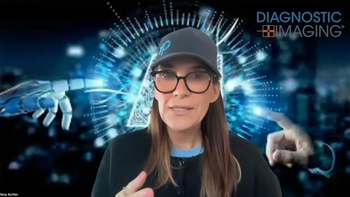
EHRs May Not Improve Care Quality
Electronic health records (EHRs) and clinical decision support (CDS) do not appear to improve the quality of clinical care, according to a study published online Jan. 24 in the Archives of Internal Medicine.
HealthDay News -- Electronic health records (EHRs) and clinical decision support (CDS) do not appear to improve the quality of clinical care, according to a study published online Jan. 24 in the Archives of Internal Medicine.
Max J. Romano and Randall S. Stafford, M.D., Ph.D., of the Stanford University School of Medicine in California, evaluated physician survey data on 255,402 ambulatory patient visits in U.S. non-federal offices and hospitals from the 2005 to 2007 National Ambulatory Medical Care Survey and National Hospital Ambulatory Medical Care Survey.
The investigators found that EHRs were used in 30 percent of an estimated 1.1 billion yearly patient visits, with CDS present in 57 percent of EHR visits and 17 percent of all visits. The use of EHRs and CDS was more common in multiphysician practices and in the West. In just one of 20 indicators (diet counseling in high-risk adults) was quality greater in EHR visits than in non-EHR visits. Among the EHR visits, the investigators also found that only one of 20 quality indicators (lack of routine electrocardiographic ordering in low-risk patients) showed significantly better performance in visits with CDS than in EHR visits without CDS.
"In a nationally representative survey of physician visits, neither EHRs nor CDS was associated with ambulatory care quality, which was suboptimal for many indicators," the authors write.
One author disclosed financial relationships with Mylan Pharmaceuticals, Bayer, Procter and Gamble, GlaxoSmithKline, Toyo Shinyaku, and Wako.
Copyright © 2011 HealthDay. All rights reserved.
Newsletter
Stay at the forefront of radiology with the Diagnostic Imaging newsletter, delivering the latest news, clinical insights, and imaging advancements for today’s radiologists.




























